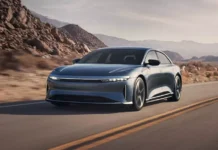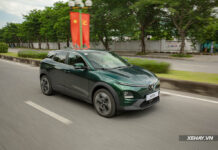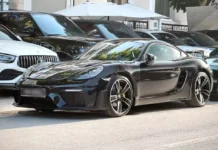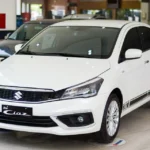The Chinese automotive market has long been known for its unique and creative interpretations of global car models, and the latest example is the Honda Fit, known as the Jazz in some markets.
While the updated Honda Fit has not yet been officially launched in China, images and information about the vehicle have surfaced on the website of the country’s Ministry of Industry and Information Technology (MIIT).
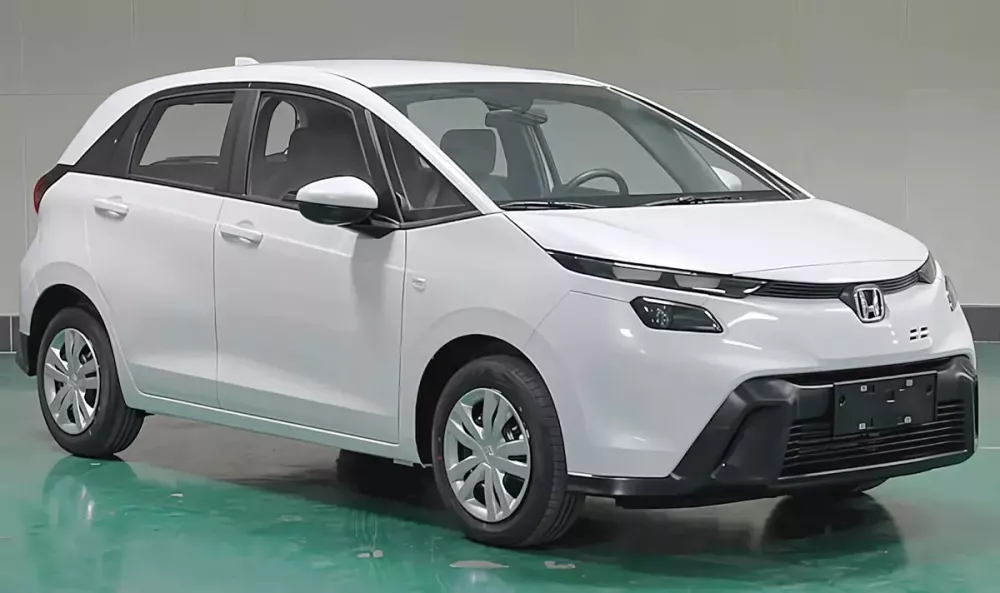
The upgraded Honda Fit reveals a design reminiscent of Toyota models.
Produced by the GAC-Honda joint venture in China, the new Fit features a significantly redesigned front end that bears little resemblance to its predecessor. In fact, its new look is more akin to the Toyota Yaris than other Honda models.
The familiar soft curves of the previous generation have been replaced by separate LED headlights, giving the car a more assertive appearance. The headlights are thinner and sharper, complemented by a new air intake in the redesigned front bumper.
The sides remain largely unchanged, except for new wheel designs. The rear end receives subtle enhancements, including a plastic insert that mimics a diffuser below the bumper.
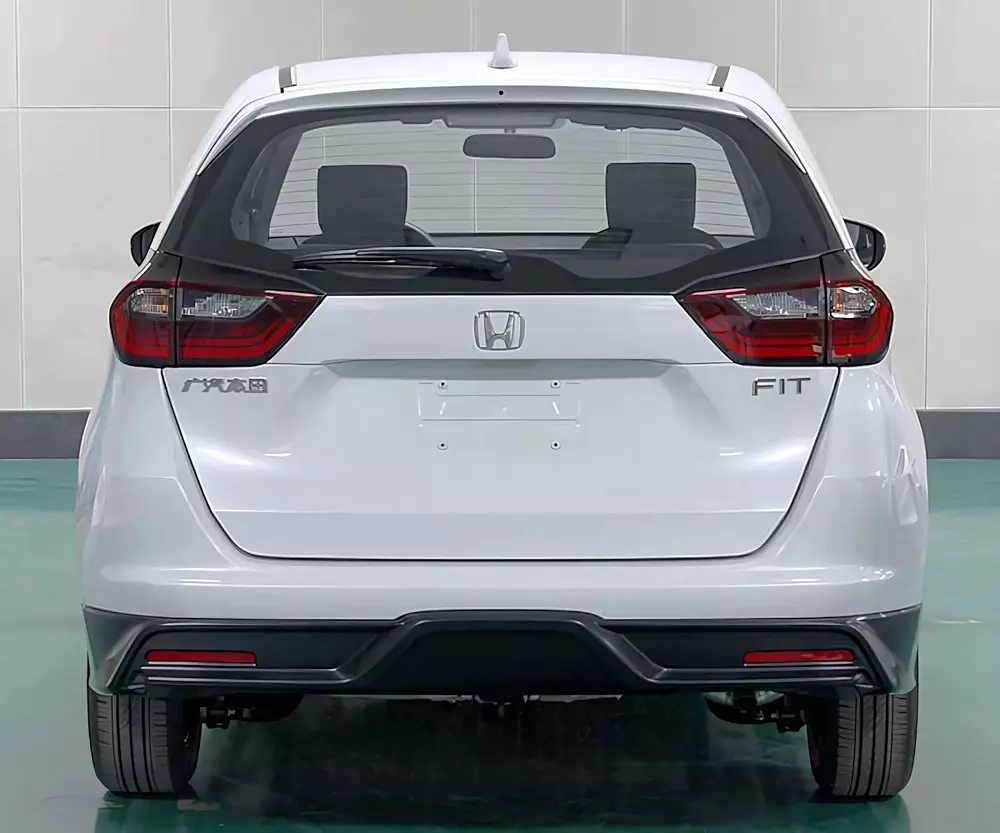
The rear of the 2025 Honda Fit receives subtle updates.
In terms of dimensions, the GAC-Honda Fit upgrade measures 4,196 mm in length, slightly longer than its predecessor. It is unclear if the Crosstar and Sport versions, which feature a more SUV-like design, will be offered in the Chinese market.
Although interior images have not been released, it is likely that Honda has introduced new features and color options to appeal to Chinese consumers.
Under the hood, the GAC-Honda Fit continues to be powered by a 1.5L naturally aspirated i-VTEC four-cylinder gasoline engine, producing 122 horsepower. This represents a 6 horsepower increase compared to the Japanese version. Unlike the Japanese model, which offers an optional 4WD system, the Chinese-spec Fit is front-wheel drive only and is paired with a continuously variable transmission (CVT).
The fourth generation of the Honda Jazz/Fit was introduced in 2019 and received a mild update in 2022 for markets such as Japan and Europe. Despite its minivan-like appearance, the Jazz/Fit is a hatchback, and depending on the market, it can be equipped with either a gasoline engine or a hybrid powertrain.
In China, the Fit has a “twin” model called the Life, developed and produced by the Dongfeng-Honda joint venture. The Life differentiates itself from the GAC-Honda Fit with unique front and rear designs. Introduced in 2020, the Dongfeng-Honda Life is expected to receive a mid-life update soon. However, its design will likely remain faithful to the European and Japanese versions.
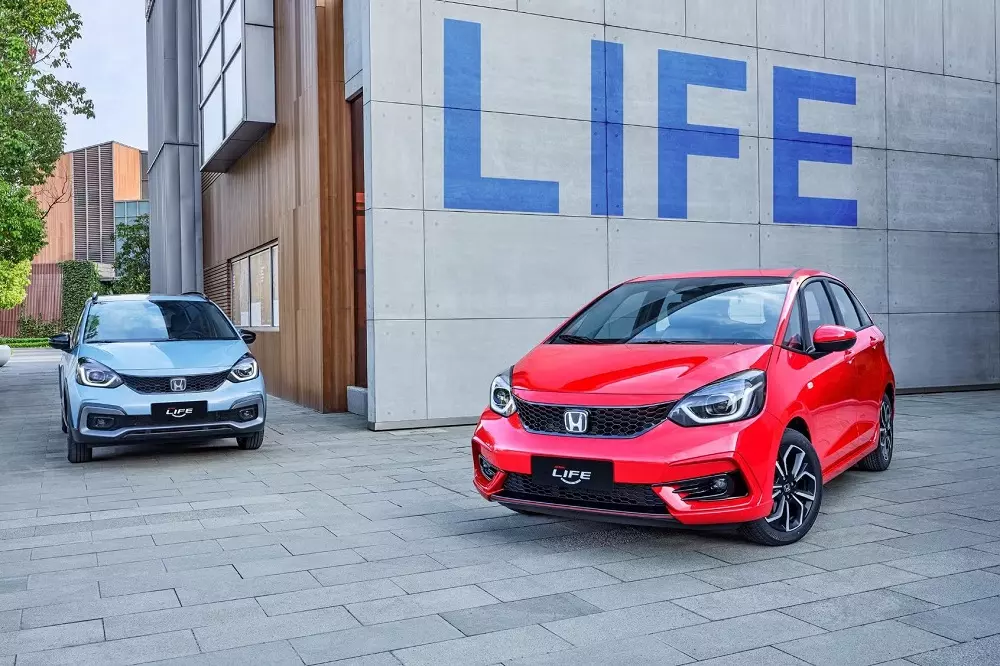
The Dongfeng-Honda Life currently on sale in China.
The Yaris Disappearance: An Unexpected Exit from Toyota Vietnam’s Lineup
The automotive industry in Vietnam is witnessing a potential shift as the Toyota Yaris, a beloved hatchback, might be facing its end. With the previous discontinuation of the Ford Ecosport and Mitsubishi Mirage, the Yaris could be the next casualty in the Vietnamese market, marking a transition point for car enthusiasts and consumers alike.









